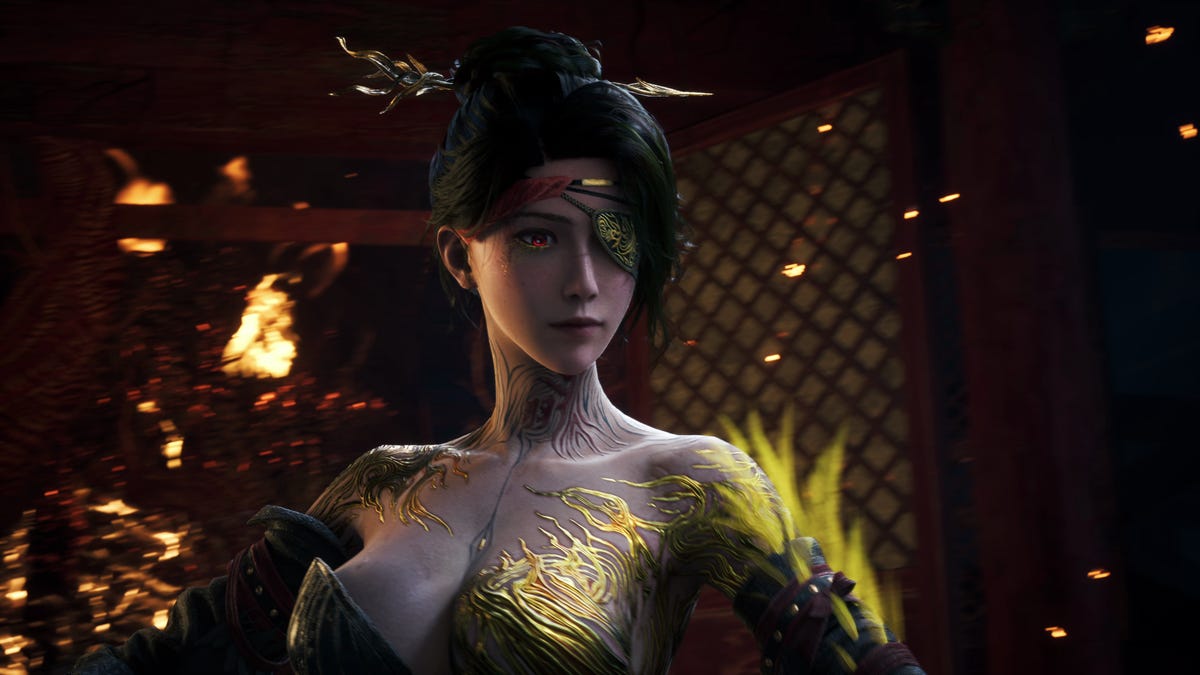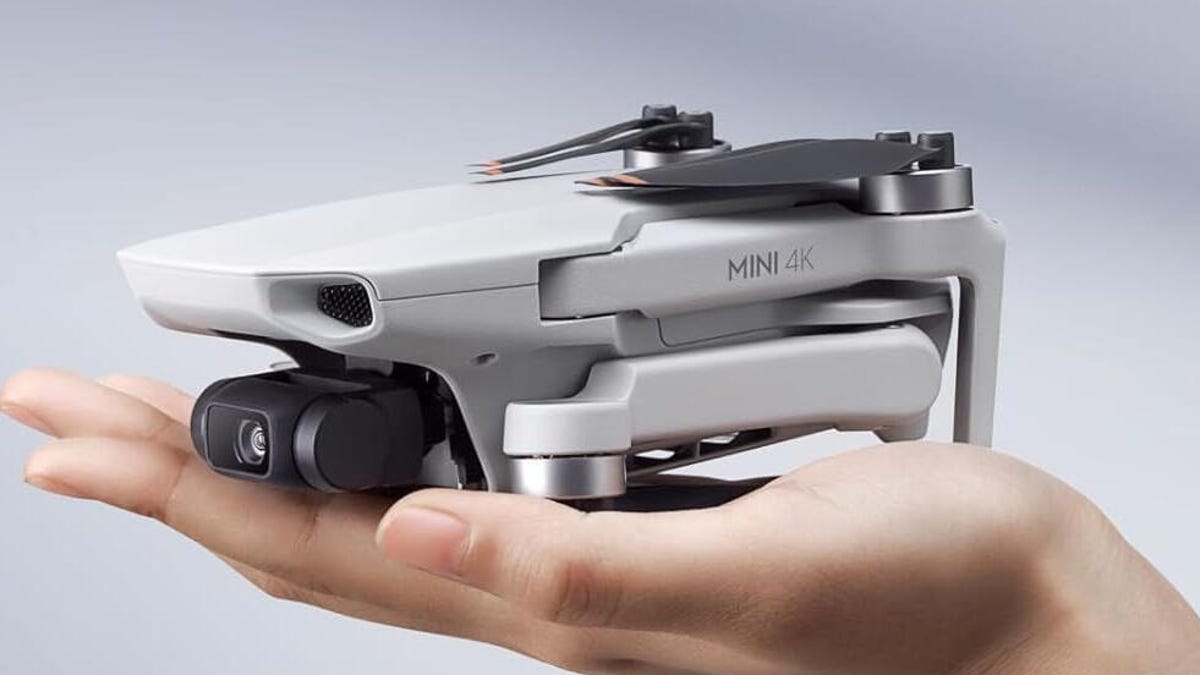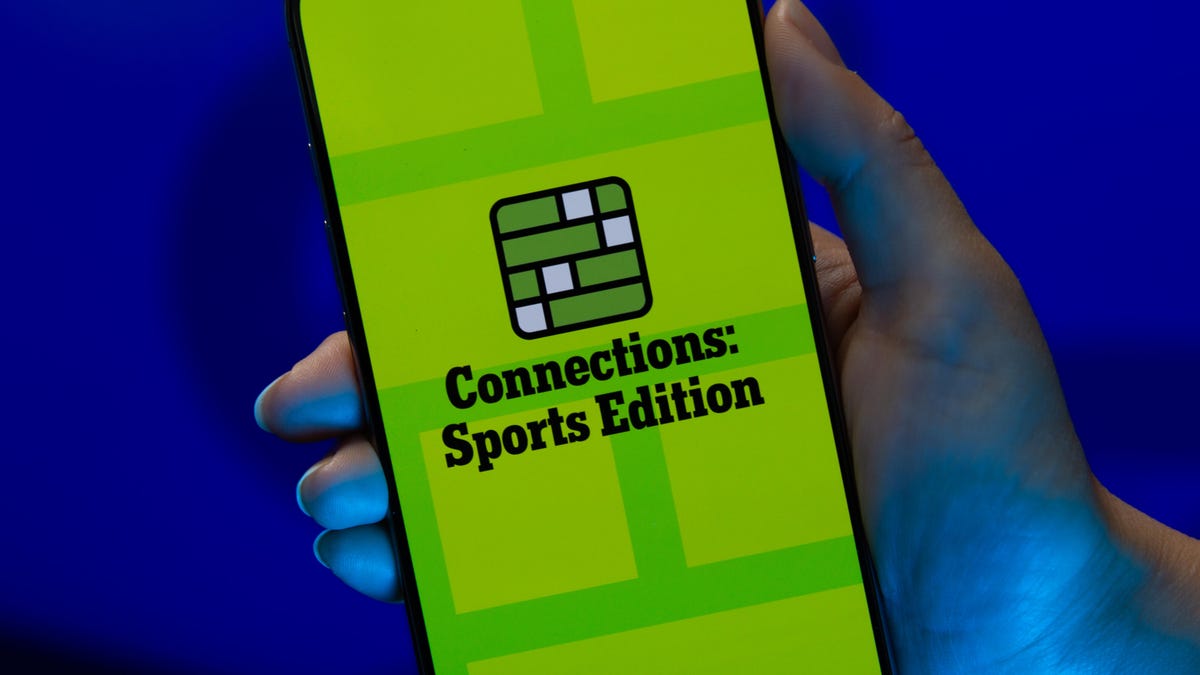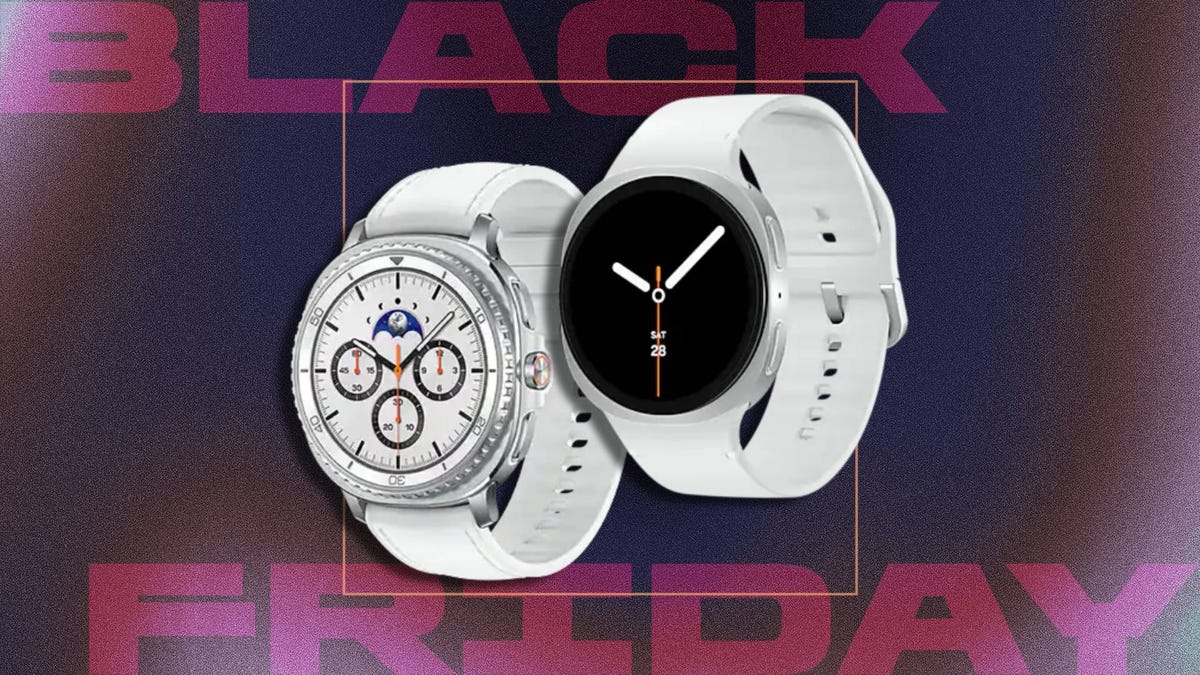Technologies
Wuchang: Fallen Feathers Could’ve Been Incredible. Here’s Why It’s Not.
Chinese developer Leenzee’s first Soulslike game, Wuchang: Fallen Feathers, overcomplicated formula hinders its greatness.

Wuchang: Fallen Feathers is the latest high-profile Soulslike game, this time coming from Chinese developer Leenzee. Unlike some of the most recent Soulslike releases, Wuchang is more faithful to the formula created by FromSoftware’s Demon’s Souls and Dark Souls, but the changes it does make might be the game’s downfall.
Wuchang is an ambitious Soulslike, which helps it stand out in what’s one of the newest and most popular subgenres around. What keeps it from being great is that all these new systems are a chore to actually understand and use. I’m sure that if players perfectly grasp a balance of the systems, they could make a character with some amazing capabilities, yet it’s hard to reach that sweet spot playing through the game.
Just to get it out of the way, Wuchang’s story is like a lot of Soulslike games. You play as the titular Bai Wuchang, a pirate warrior suffering from amnesia who has to fight through different areas in ancient China during the Ming dynasty. People have been victims of «feathering,» the game’s sickness that makes the infected sprout feathers and eventually turn into monsters. Wuchang can harness the power of feathering, making her the ideal warrior to uncover what’s going on.
Is this a confusing and vague storyline? Yes, because it’s a Soulslike and that’s practically a requirement. The people you meet speak vaguely about other people and subjects that don’t make sense until you piece them together with item descriptions, clues found throughout the areas and environmental story elements. It’s hardly a storyline that you could fully figure out in a casual playthrough, so I’ll be depending on the lore guys on YouTube to piece the story together in the days and weeks after the game’s release.
Progression system has too much going on
What’s important for Wuchang — and any Soulslike that aims to stand out in the subgenre — is the gameplay, and it’s certainly unique. It’s dynamic but almost to a fault, with a lot of complexity getting in the way of combat flow.
As Wuchang, you have access to five classes of weapons: axes that do big damage but are slow; longswords that do good damage while allowing for parries; twin swords that allow for quick attacks at the cost of lower damage; one-handed swords that are in the midrange for damage and speed; spears that do solid damage while also being able to poke at a longer distance.
Throughout the game, you’ll come across different weapons of each type. There’s 25 in total, and they all have a unique look, abilities and stats from each other. So you’re not as overwhelmed as, say, in Elden Ring, where you have more than 300 weapons to choose from.
To make full use of these weapons, however, you have to work your way through the skill tree, and this tree represents a hurdle for the game as it overcomplicates things.
The skill tree reminds me more of the Sphere Grid from Final Fantasy X. It’s split into six paths, one for each weapon and one for general-purpose use with universal upgrades like adding to your healing flasks, being able to do more damage with certain effects, and getting more magic points. Along each path are also various stat improvements like adding an extra point to strength, endurance, agility and so on.
When you acquire enough red mercury, the souls or currency in the game, you can gain a level, providing a red essence that unlocks a spot on the grid. You need to go down these paths to power up Wuchang as well as the weapons, as improved attacks and mastery of a weapon also require going down each path. Then, at a certain point of unlocking more spots on the grid, the path extends to give you even more stats, abilities and so on.
If you’re confused by reading this, it’s going to be just as confusing when you try it out for yourself. It’s one thing to level up a character and put points into various stats, but it’s another to level up and realize that you need to spend skill points unlocking a path to get more healing flasks.
Where the leveling system messes with you is when you don’t unlock a certain path that you need for a boss. One boss in particular was kicking my ass, as it’s the first boss you need to use deflecting, or parrying, to beat (unless you’re a Soulslike ace who can play perfectly). I had gone down the axe upgrade path and didn’t realize that I was ill-equipped for the fight. While there is a tip message that comes up mentioning deflecting, this was the first time the game even mentioned this capability. After failing to beat this boss for hours, I decided to take a long look at the grid and saw that the deflect ability was a few upgrades into the longsword path.
Fortunately, you can respec these points at a shrine for free, which I did, and I defeated the boss after a few more tries. Mind you, I could have beaten the boss the other way — playing perfectly — but deflecting and parrying to expose the boss’s weakness was far easier. And prior to this, the bosses weren’t giving me much trouble, just requiring a few deaths in order to understand their pattern.
This upgrade grid is super interesting, but there are far too many abilities and benefits that should be unlocked from the start to help reduce the frustration when playing.
Madness is making me mad
Another interesting idea in Wuchang is the madness system. This is a play on the Humanity and Kindling found in the original Souls games, with a bit of Insight from Bloodborne — a sort of passive stat that changes how the game world evolves as you play. As you die or defeat certain enemies, your madness will increase. As your madness increases, you can become more powerful. In that path I mentioned about gaining more healing flasks, there are unlockable traits where, if you have a certain amount of madness, you do more damage or gain some extra ability.
Madness is based on your level, so the higher the level you are, the higher the maximum madness increases. If your madness is low, you can even acquire a certain amount of madness to buy an item at a shrine.
So what happens when your madness is at max? Well, that’s a bad thing for two reasons. The first is that you’ll do more damage, but you’ll also receive more damage. This is going to be great for the hardcore Soulslike player with perfect dodge and parry timing. I’m sure speedrunners will make use of this trait. However, when you’re getting your ass kicked by a boss, the last thing you want is for them to hit you for more damage.
Arguably the most interesting part of this madness system is that if you die at, or near, max madness, the spot where you died that has some of your leftover red mercury will take the form of an evil doppelganger that you’ll have to fight. Defeat it and you’ll get an item as well as removing all of your madness.
It’s an interesting feature, but it’s also a pain. To get rid of the madness, you can kill certain humanoid enemies, but sometimes to kill those people, you need to kill non-humanoid enemies, which increases madness. Alternatively, you can find and buy items that will reduce madness at a certain temple, but those aren’t widely available.
Where madness really causes a problem is with bosses. If you die repeatedly at a boss and your death spot is in the boss arena, the doppelganger won’t show up, so you’re kind of stuck with max madness unless you decide to go get killed somewhere else, take down the doppelganger and be back to zero madness.
Pretty but punishing
Wuchang performs as well as any Soulslike game when it comes to the action and graphics. The speed of the gameplay is just a step below Sekiro: Shadows Die Twice, FromSoftware’s parrying-intensive Soulslike, but also a step above its other popular title, Bloodborne. It’s fast-paced, but it’s also dynamic.
I say it’s dynamic because of the Spirit Points system, which is the game’s version of mana. Unlike most Soulslike games, you don’t have a mana pool to draw from when casting magic or doing special attacks. Instead, you need to acquire Spirit Points, and the easiest way to do this is by dodging. A perfectly timed dodge nets you a point that will let you use one special ability or one basic spell. On the grid, there are spots to unlock more points as well as more ways to get the points from deflecting attacks, doing a certain combo or having a certain amount of madness.
This system requires players to be more active in fights, so someone can’t make a glass cannon magic character right off the bat who fights at a distance, although I’m sure there is a build where that’s possible in the late game. You need to really get in there and mix it up with the enemies, which I can appreciate.
Then come the visuals, and Wuchang has some great-looking scenes. Bosses in the game are also unique in both their attacks and visuals, something highly prized by Soulslike players.
The game’s presentation overall is on par with any of the AAA titles out there. The English voice acting is a little weak, but people talk so little in the game that it practically doesn’t matter.
I played the game on a standard PS5, and there were instances when the PS5 did seem to have some issues with dropped frames. It happened after a certain amount of playing and not due to too much going on-screen.
Wuchang is a great effort by Leenzee. While the game won’t revolutionize the Soulslike genre, it does the next best thing by offering some ideas that they, or maybe another developer, can refine. Maybe it will become a mainstay for the genre in future games. If anything, I believe a Wuchang sequel could be an incredible game if it happens. But right now, the formula just isn’t there yet.
Wuchang: Fallen Feathers comes out on July 23 for PC, PS5 and Xbox Series consoles for $50. It will be available on Xbox Game Pass on day 1.
Technologies
Here’s What the FCC’s Latest Move Actually Means for DJI Drone Owners and Holiday Shoppers
The secret to a very un-merry Christmas? A brand new, unusable DJI drone.

If you’ve been casually adding a DJI drone to your holiday wish list, you might want to hit «buy» immediately. The company issued a stark warning on Monday: its drones could be banned from sale in the US, and the deadline is looming.
Here’s the deal: The Federal Communications Commission voted 3-0 just voted to «close loopholes» that allow tech deemed a «national security risk» to be sold in the US. In plain English, the US government is clearing the path to give DJI the same treatment it gave Huawei-effectively banning their products from the American market.
DJI is already sounding the alarm, posting on Instagram that a «deadline that could decide DJI’s fate in the US is just 43 days away.» The company is warning that without an audit, its products could face an «automatic ban.» The US government has long labeled the Chinese drone maker a security risk, and it looks like the hammer might finally be coming down right before the holidays.
The US government has deemed DJI, based in China, a security risk. It’s also considering a separate ban on TP-Link routers.
Don’t miss any of our unbiased tech content and lab-based reviews. Add CNET as a preferred Google source.
The vote isn’t the end of the road, however. Future bans would need to target specific products and would require a period of public consultation. But it appears the groundwork is being set for the FCC to block sales of future and some existing DJI drones from US shores, as well as products that use DJI technology.
The government has called for a DJI audit by the end of the year, but if that doesn’t happen, DJI drone products could be banned for sale by default under a national security law.
DJI asks for a security audit before any ban
A representative for DJI told CNET that while the FCC vote references a rule change that doesn’t currently apply to DJI specifically, the National Defense Authorization Act deadline in December would put Chinese companies like it on the FCC’s ban list, «without any evidence of wrongdoing or the right to appeal.»
Adam Welsh, head of global policy at DJI, said the company has repeatedly said it would be open to audit, but that «more than 10 months have now passed with no sign that the process has begun.»
«The US government has every right to strengthen national security measures, but this must go hand in hand with due process, fairness, and transparency,» Welsh said.
Welsh said DJI is urging the government to start the audit process or grant an extension.
Will DJI drone owners need to give them up?
Because the ban would apply to new sales, not drones that have already been sold, a DJI drone you already own would still be legal to use — at least under current rules.
Government agencies, however, are prohibited from purchasing or using drones from Chinese companies, including DJI.
DJI’s drones consistently rank high in their product category. In January, they dominated CNET’s list of best drones for 2025. But some of the company’s newest products, such as the DJI Mavic 4 Pro, haven’t been available for sale in the United States.
Even DJI products that are not yet banned may be hard to find. The website UAV Coach has posted a guide to the bans and reports that, due to inventory issues, most DJI drone models are sold out at retailers regardless of future FCC action.
Technologies
Today’s NYT Connections: Sports Edition Hints and Answers for Nov. 13, #416
Here are hints and the answers for the NYT Connections: Sports Edition puzzle for Nov. 13, No. 416.

Looking for the most recent regular Connections answers? Click here for today’s Connections hints, as well as our daily answers and hints for The New York Times Mini Crossword, Wordle and Strands puzzles.
Today’s Connections: Sports Edition is a bit of a stumper. If you’re struggling but still want to solve it, read on for hints and the answers.
Connections: Sports Edition is published by The Athletic, the subscription-based sports journalism site owned by The Times. It doesn’t show up in the NYT Games app but appears in The Athletic’s own app. Or you can play it for free online.
Read more: NYT Connections: Sports Edition Puzzle Comes Out of Beta
Hints for today’s Connections: Sports Edition groups
Here are four hints for the groupings in today’s Connections: Sports Edition puzzle, ranked from the easiest yellow group to the tough (and sometimes bizarre) purple group.
Yellow group hint: Think zebras.
Green group hint: Lights, camera, play ball!
Blue group hint: Not one or two points.
Purple group hint: A male duck.
Answers for today’s Connections: Sports Edition groups
Yellow group: Things a football referee carries.
Green group: Baseball movies, with «The.»
Blue group: Feats worth three points/goals in different sports.
Purple group: Drake ____.
Read more: Wordle Cheat Sheet: Here Are the Most Popular Letters Used in English Words
What are today’s Connections: Sports Edition answers?
The yellow words in today’s Connections
The theme is things a football referee carries. The four answers are bean bag, coin, flag and whistle.
The green words in today’s Connections
The theme is baseball movies, with «The.» The four answers are Natural, Pride of the Yankees, Rookie and Sandlot.
The blue words in today’s Connections
The theme is feats worth three points/goals in different sports. The four answers are field goal, half-court shot, hat trick and ringer.
The purple words in today’s Connections
The theme is Drake ____. The four answers are Baldwin, Bulldogs, London and Maye.
Toughest Connections: Sports Edition categories
The Connections: Sports Edition puzzle can be tough, but it really depends on which sports you know the most about. My husband aces anything having to do with Formula 1, my best friend is a hockey buff, and I can answer any question about Minnesota teams.
That said, it’s hard to pick the toughest Connections categories, but here are some I found exceptionally mind-blowing recently.
#1: Series A Clubs, Jan. 11. Answers: Atalanta, Juventus, Lazio, Roma.
#2: WNBA MVPs, Jan. 21. Answers: Catchings, Delle Donne, Fowles and Stewart.
#3: Premier League team nicknames, Jan. 17. Answers: Bees, Cherries, Foxes and Hammers.
#4: Homophones of NBA player names, Jan. 26. Answers: Barns, Connect, Heart and Hero.
Technologies
The Galaxy Watch 8 Is on Sale for $250 and It’s Hard to Resist
With advanced health tools and a sleek design, the Galaxy Watch 8 is an excellent value at this price.

The holiday season is the perfect time to upgrade your tech, and a smartwatch that supports your fitness goals and schedule might be at the top of your list. This Woot deal gives you the perfect opportunity to grab one of our favorite Samsung smartwatches for a steal right before Black Friday rolls in.
Right now, you can snag the Samsung Galaxy Watch 8 for $250 at Woot — but only until Nov. 15. That’s down from its $330 list price, saving you $80. You’ll also find the Galaxy Watch 8 Classic down to $330. Both models are marked as new and come with a 90-day limited warranty from Woot. With the Galaxy Watch Ultra already sold out, stock is likely to run out quickly, so shop sooner rather than later.
Samsung’s latest smartwatch packs serious hardware upgrades. It has a vibrant 46mm AMOLED display that shines up to 3,000 nits, along with 2GB of RAM, 64GB of storage, built-in GPS and advanced fitness tools, including sleep coaching and vascular load monitoring. It’s also waterproof up to 50 meters and lasts up to 30 hours on a single charge.
Hey, did you know? CNET Deals texts are free, easy and save you money.
CNET expert Vanessa Hand Orellana praised its refined design, detailed health insights and Gemini AI support, noting that it «has nearly every feature I could hope for.» Just remember, some tools work best when paired with the Samsung Galaxy phone.
If you love saving a few extra bucks as much as we do, check out our roundup of the best early Black Friday deals and the best smartwatches.
SMARTWATCH DEALS OF THE WEEK
-
$359 (save $70)
-
$330 (save $20)
-
$140 (save $60)
-
$202 (save $49)
Why this deal matters
The Samsung Galaxy Watch 8 packs serious upgrades for the price. With advanced fitness tools, sleep coaching and daily energy tracking, it’s one of the most feature‑rich smartwatches this year. The $250 price represents a new low for the model during the Black Friday season and includes a 90-day warranty. But with limited stock, it’s a deal worth grabbing quickly.
Join Our Daily Deals Text Group!
Get hand-picked deals from CNET shopping experts straight to your phone.
By signing up, you confirm you are 16+ and agree to receive recurring marketing messages at the phone number provided. Consent is not a condition of purchase. Reply STOP to unsubscribe. Msg & data rates may apply. View our Privacy Policy and Terms of Use.
-

 Technologies3 года ago
Technologies3 года agoTech Companies Need to Be Held Accountable for Security, Experts Say
-

 Technologies3 года ago
Technologies3 года agoBest Handheld Game Console in 2023
-

 Technologies3 года ago
Technologies3 года agoTighten Up Your VR Game With the Best Head Straps for Quest 2
-

 Technologies4 года ago
Technologies4 года agoVerum, Wickr and Threema: next generation secured messengers
-

 Technologies4 года ago
Technologies4 года agoBlack Friday 2021: The best deals on TVs, headphones, kitchenware, and more
-

 Technologies4 года ago
Technologies4 года agoGoogle to require vaccinations as Silicon Valley rethinks return-to-office policies
-

 Technologies4 года ago
Technologies4 года agoOlivia Harlan Dekker for Verum Messenger
-

 Technologies4 года ago
Technologies4 года agoiPhone 13 event: How to watch Apple’s big announcement tomorrow
